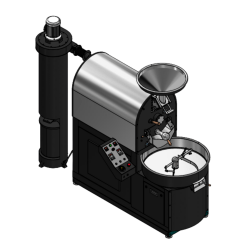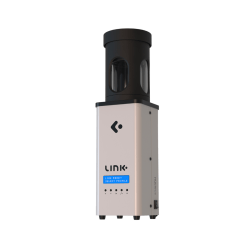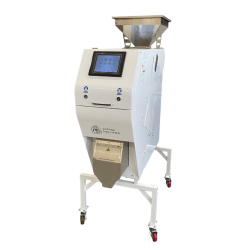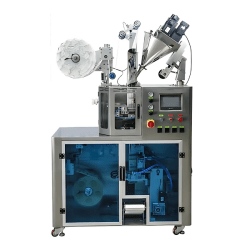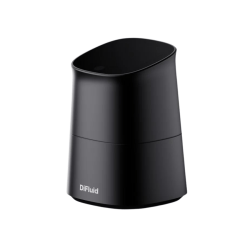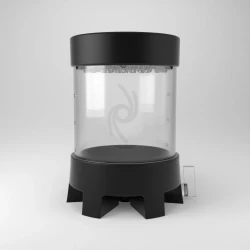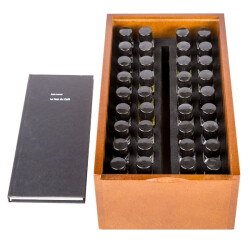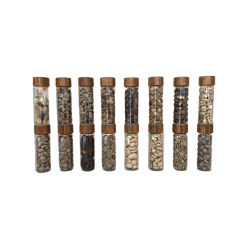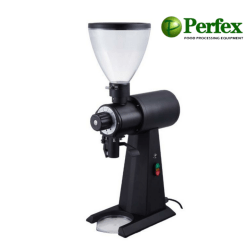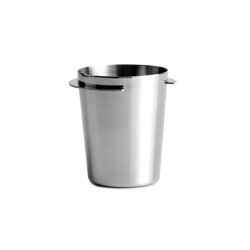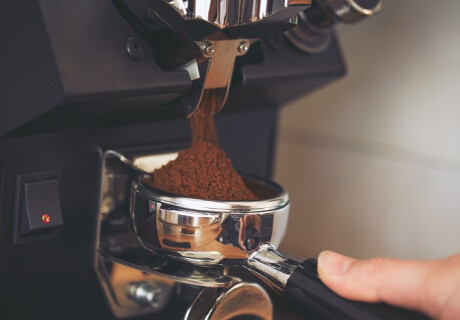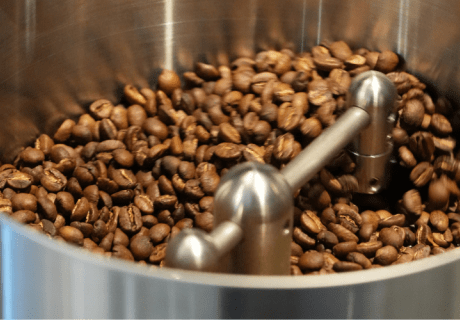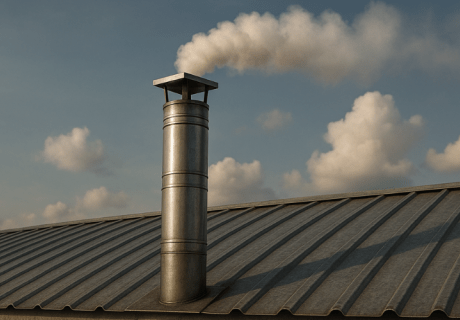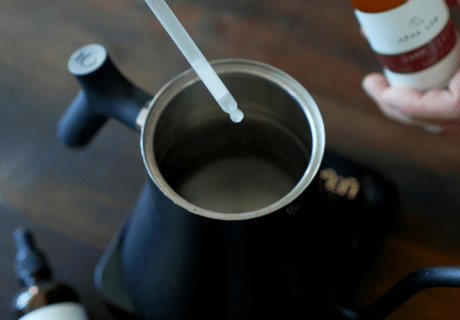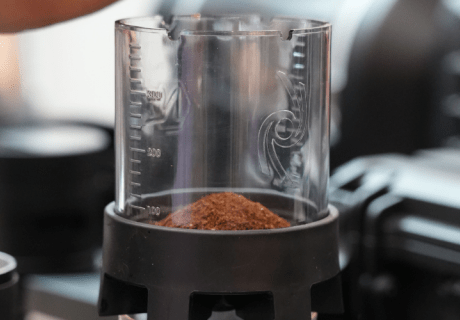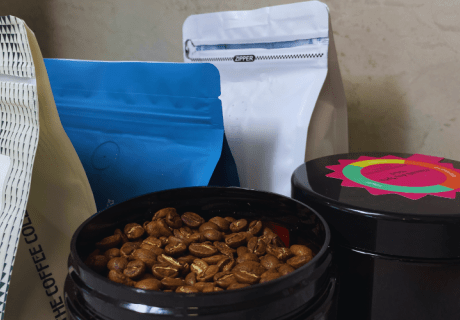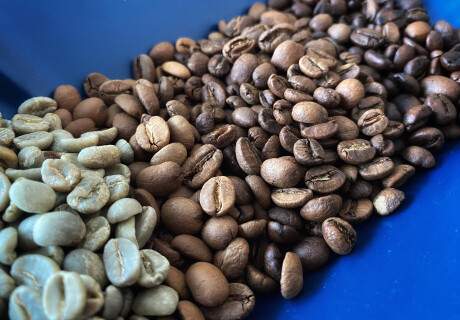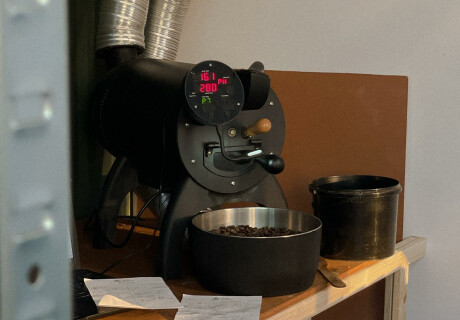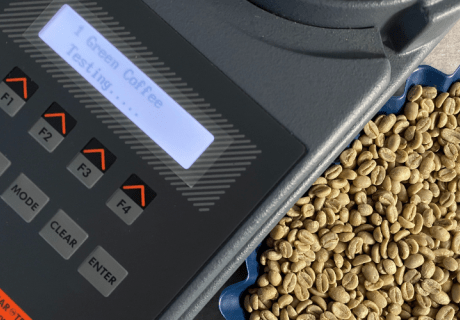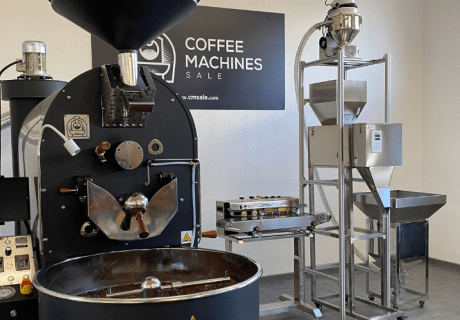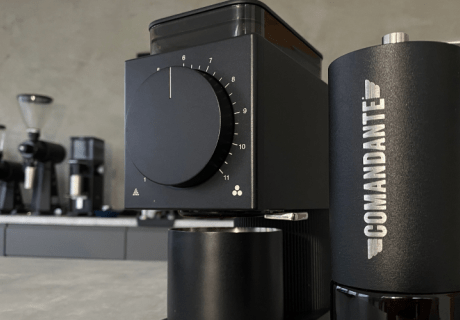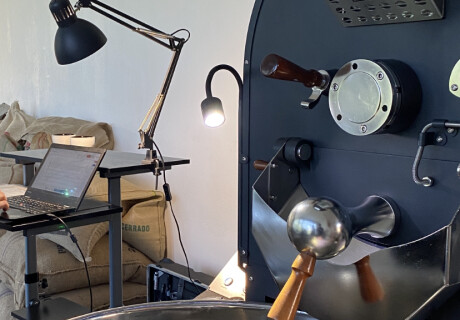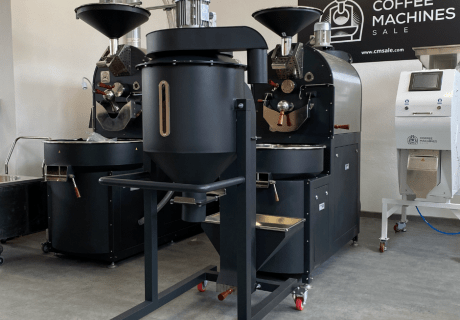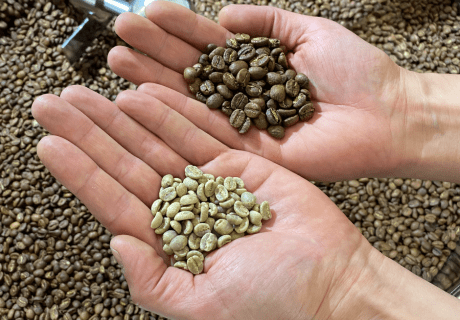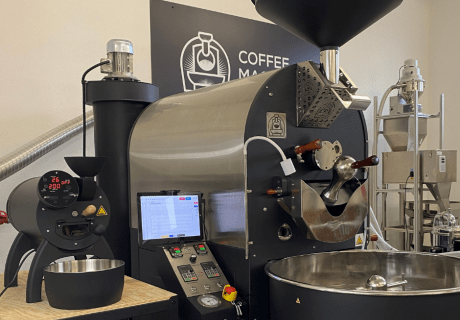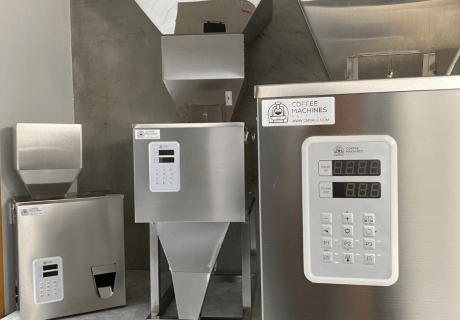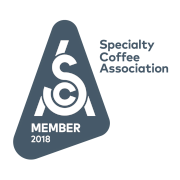Understanding Air Quality Regulations in Coffee Roasting Facilities
Introduction to Coffee Roasting Air Quality Regulations
The coffee roasting industry is a vibrant sector that marries the art and science of transforming raw coffee beans into the aromatic, flavorful brew cherished by millions. But behind the rich aroma and craft of coffee roasting, there's an important issue to consider: coffee roasting air quality regulations. These regulations help make sure the coffee roasting process doesn’t harm the environment or people’s health. During roasting, different emissions are released, including small particles and gases called volatile organic compounds (VOCs). Because of this, it's important for roasting facilities to follow air quality rules. Roasting brings out the flavor in coffee, but it also needs to be handled in a way that reduces its effect on the environment.
Following environmental compliance for roasteries isn’t just about following the law — it also shows a real effort to run the business in a more sustainable and responsible way. Compliance with these air quality regulations helps roasteries minimize their impact on air pollution, contributing to cleaner air and healthier communities. By putting strong measures in place and following proven practices, coffee roasters can show they care about the environment. This kind of commitment doesn’t just help protect the planet—it also builds a positive image for the roastery, especially as more and more customers look for businesses that take sustainability seriously. That’s why understanding and following air quality regulations is such an important part of responsible coffee roasting. It’s a step toward creating a more sustainable future for everyone.
Understanding Emissions Standards for Coffee Roasters
As the coffee roasting industry continues to grow, so does the need to understand the emissions standards for coffee roasters. These standards are designed to regulate the amount and type of emissions released into the atmosphere during the roasting process. Among the most concerning pollutants are particulate matter, volatile organic compounds (VOCs), and nitrogen oxides, each of which can have significant environmental and health impacts if left unchecked. Particulate matter, for example, can contribute to respiratory problems in humans and animals, while VOCs are known for their role in forming ground-level ozone and smog. These emissions standards are in place to ensure that coffee roasting facilities operate within safe environmental thresholds, minimizing their contribution to air pollution.
The role of pollution limits in coffee roasting is important for keeping a healthy balance between growing the coffee industry and taking care of the environment. When roasteries follow these rules, they’re not just meeting legal requirements—they’re also helping to create cleaner air and protect people’s health. These regulations can also push the industry to get better by encouraging new ideas and improvements in roasting equipment, leading to more efficient and eco-friendly ways to roast coffee. Sticking to emissions standards helps protect the planet, but it also boosts the image of a roasting business, especially as more customers want brands that are open and care about sustainability. This combination of doing the right thing for the environment and building a stronger brand shows why understanding and following emissions standards is so important in the coffee roasting world
VOC Limits in Coffee Roasting Facilities
Volatile organic compounds (VOCs) are an important concern in the coffee roasting industry because they can affect the air we breathe. When coffee is roasted, different organic chemicals are released into the air. Some of these chemicals can combine with other substances in the atmosphere and create ground-level ozone and smog. Both ground-level ozone and smog can be harmful to human health and to the environment. Recognizing this, regulatory bodies have established VOC limits in coffee roasting facilities to mitigate these effects. In the European Union, combustion-related emissions are often capped at around 100 mg/Nm³ for carbon monoxide (CO) and nitrogen oxides (NOₓ), while in the United States, NIOSH sets workplace exposure limits for compounds such as diacetyl (5 ppb, 8-hour TWA) and 2,3-pentanedione (9.3 ppb, 8-hour TWA). These limits are set to reduce the amount of VOCs released into the air, making sure coffee roasteries follow safe environmental rules.
By keeping these emissions under control, we can help avoid problems like breathing issues and harm to the environment. Following air quality limits in roasting shops is important to protect the environment and to meet the emissions standards for coffee roasters. If a roastery does not follow these limits, it can face fines and harm its reputation. To stay within VOC limits, many roasteries need to use advanced filters and ventilation systems, as well as cleaner roasting methods. These steps help them follow the rules and also show they care about being responsible and sustainable. Some facilities have recorded diacetyl levels up to 4.7 ppb and 2,3-pentanedione up to 3.9 ppb, which remain within regulatory thresholds, though short-term grinding tasks can briefly raise levels near 10 ppb. By sticking to these limits, coffee roasters help improve air quality and show they are committed to health, safety, and protecting the environment.
Navigating Environmental Compliance for Roasteries
Following environmental compliance for roasteries means taking clear, organized steps to make sure everything meets EU air quality regulations for coffee roasting. The first step toward meeting these requirements is to fully understand the specific European Union regulations that apply to your coffee roasting facility. These regulations can differ based on your location and facility size. Under the EU’s National Emissions Ceilings (NEC) Directive, overall VOC emissions are capped to reduce transboundary air pollution, and more targeted control stems from the EU Ambient Air Quality Directive (2008/50/EC), which limits pollutants like nitrogen oxides, particulate matter (PM₂.₅ and PM₁₀), benzene, and carbon monoxide—key contributors to local air quality degradation. It’s crucial for roasteries to stay up to date with these EU directives and any subsequent changes. Once the rules are clear, the next step is to perform an environmental audit.
This means reviewing your facility’s current emissions performance and identifying areas needing improvement. The audit helps you develop a clear action plan to ensure your roastery meets all relevant EU emissions and VOC standards. Regularly checking emissions is very important to make sure a roastery stays within legal limits, and any problems can be fixed quickly. Using advanced monitoring tools gives real-time information, helping to spot and solve issues right away. Keeping good records is also important because it shows proof of following the rules during inspections or audits by authorities. This means tracking emissions, equipment maintenance, and any actions taken to reduce pollution. Doing this not only proves compliance but also helps the roastery keep getting better. By focusing on monitoring and documentation, coffee roasters can handle the challenges of environmental compliance for roasteries with confidence, making sure they follow the law and support sustainability.
Importance of Local Air Filtration Laws in Coffee Production
Local air filtration laws in coffee production help keep the air clean and protect people’s health. These laws make sure that coffee roasting facilities use proper air filtration systems to control and reduce the pollution they release into the environment. By requiring specific types of filters and standards, these local rules help lower the amount of tiny particles, VOCs, and other pollutants that come from coffee roasting. For roasteries, following these laws is more than just meeting legal requirements—it’s about helping create a healthier community and cleaner environment. Using good air filtration systems can also improve how the facility runs and save money over time by cutting down pollution-related costs.
Staying updated with local air filtration laws in coffee production is essential to prevent non-compliance, which can lead to fines, legal issues, and reputational damage. Because regulations can be very different depending on the area, it is important for coffee roasteries to regularly check local rules and adjust their operations as needed. Working with local environmental agencies and joining industry groups can help roasteries stay informed about changes in air quality rules for roasteries and learn about the best ways to follow them. By actively managing compliance with these regulations, roasteries not only avoid fines but also show they care about protecting the environment. This careful approach can also improve their reputation with customers who are looking for brands that focus on sustainability and environmental responsibility.
Selecting the Right Roasting Equipment for Air Quality
Choosing the right roasting equipment is an important decision for coffee roasteries because it affects both the environment and how well the business runs. To meet coffee roasting air quality regulations, it is essential to select equipment that not only enhances the quality of the roast but also minimizes emissions. Modern roasting machines have advanced technology that helps lower the amount of tiny particles and VOCs released into the air, making it easier for roasteries to follow air quality rules. Examples include the Giesen Catalytic Emission Cleaner (CEC30/60/140), which uses a catalytic converter to cut VOCs at about 320 °C, and the Giesen SFE Electrostatic Filter, which captures fine smoke and grease. Larger facilities often install regenerative thermal oxidizers (RTOs), which can achieve over 95% VOC removal while recycling heat. Depending on the size of the roastery and the technology, investment costs vary widely: small catalytic or electrostatic filters may cost €15,000–€40,000, while full-scale thermal oxidizers for industrial roasteries can require €100,000–€300,000 or more. When choosing equipment, roasteries should look for models that use energy efficiently and have good filtration systems to catch pollutants before they go into the air. These features help roasteries meet regulations and support a more sustainable way of roasting coffee.
Also, it’s important to think about how well the roasting equipment works when making a choice. Equipment that runs smoothly and is easy to maintain can help lower downtime and save money. For example, automated systems can make roasting more precise and help work flow better, which boosts productivity. Some modern roasters, such as the Coffee-Tech Ghibli R30, use low-NOₓ burners and insulated chambers to reduce fuel use and emissions while maintaining consistency. Plus, choosing equipment that lasts a long time and is built strong can save money in the long run and reduce the waste caused by replacing machines often. When roasteries choose their equipment, it’s important to find the right balance between cost, quality, and environmental impact. This helps make sure they follow the regulatory framework for roasting emissions and run their operations effectively. By making smart choices about roasting equipment, coffee roasteries can stay committed to sustainability while still producing great coffee.
Challenges in Implementing Air Quality Regulations
Following quality regulations can be challenging for roasteries because they need to balance staying within the rules with managing their costs. One big challenge is the money needed to upgrade or replace old equipment to meet strict air quality standards. Small and medium-sized roasteries may find it hard to afford the latest pollution control technology. Another challenge is keeping up with changes in the rules, which can be overwhelming, especially for businesses without a team focused on environmental compliance. If these rules are not well understood or followed, roasteries might face problems with non-compliance.
To handle these challenges, roasteries can use several helpful strategies. First, they can look for financial help through government grants or subsidies to ease the cost of upgrading equipment. Joining industry groups can also offer useful resources and support to stay informed about environmental compliance for roasteries. Having a dedicated compliance officer or team, even if only part-time, can help the roastery keep up with changes in rules and put the right practices in place quickly. It’s also important to invest in ongoing employee training about air quality standards and how to use equipment properly. By taking these steps, coffee roasteries can manage the challenges of air quality regulations while staying committed to running sustainable and responsible operations.
Future Trends in coffee Roasting Air Quality Regulation
Coffee roasting air quality regulations are likely to change a lot because people care more about the environment and new technologies are being developed. In the future, rules may become stricter about how much pollution roasteries can release, and there may be more advanced technology used to monitor emissions. Roasteries can expect closer attention to how they affect the environment, which means they will need to take a careful and active approach to following the rules. Also, regulations might grow to include wider sustainability efforts, such as how roasteries handle waste and use energy.
To stay prepared for new emissions standards for coffee roasters, businesses should invest in equipment and practices that can easily adjust to future changes. Using scalable technologies that can quickly adjust to future rules will be very important. Roasteries can also gain advantages by working with industry groups and regulatory agencies to keep up with possible changes. By encouraging ongoing improvement and investing in sustainable practices, roasteries can make sure they stay compliant and competitive in a constantly changing regulatory environment.

